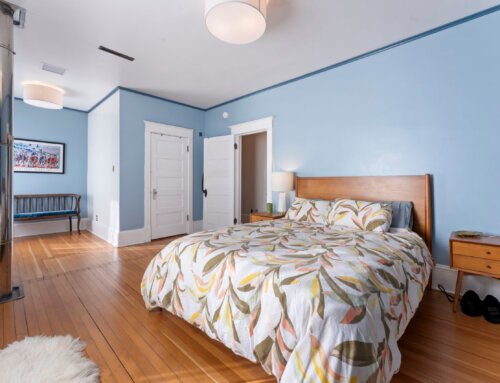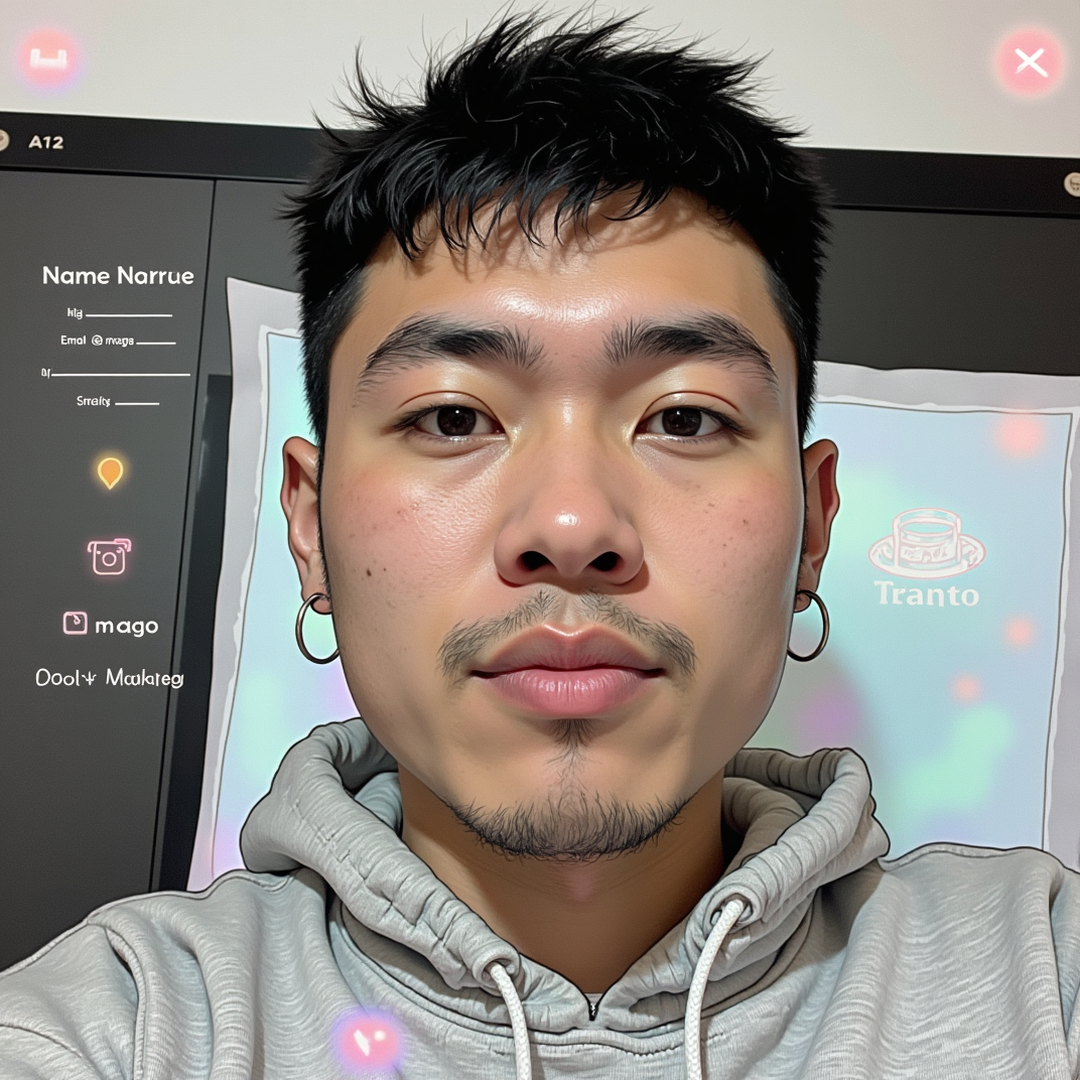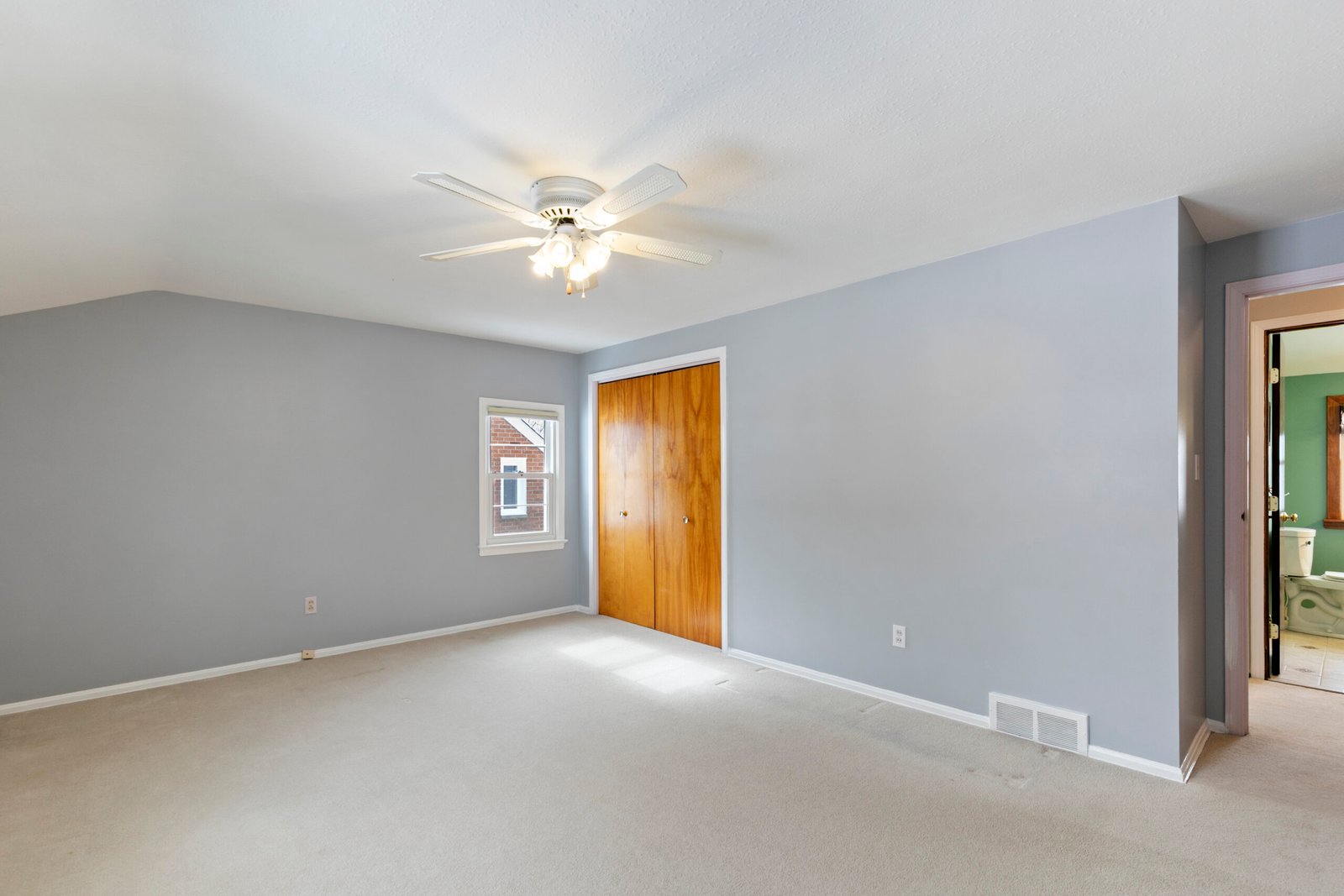
Behind the Scenes: A Real Estate Photo Editor’s Day
As a Real Estate Photo Editor, my role is not solely about altering images; it’s an intricate blend of artistry, technical skill, and understanding the market dynamics. In this blog post, I will take you behind the curtains of a typical day in my life as a real estate photo editor, exploring the processes, challenges, and creative inspirations that shape our work.
The Workflow: From Capture to Completion
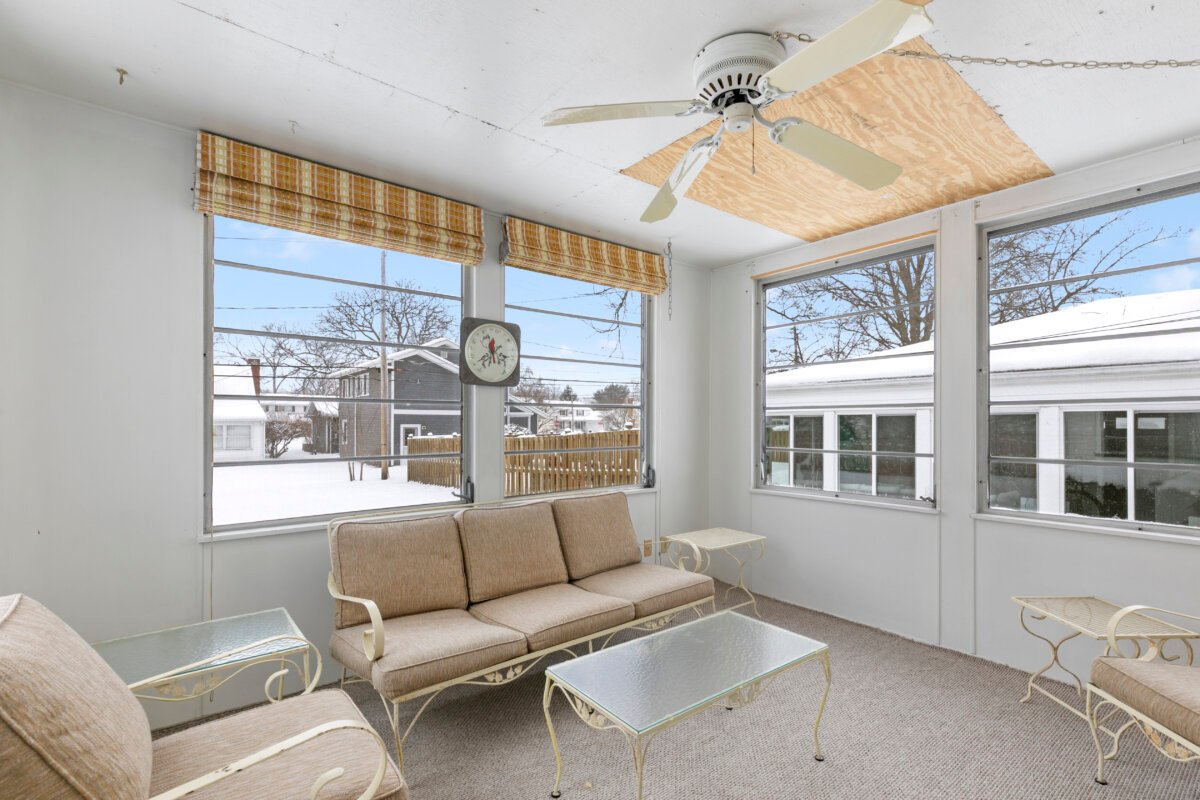
Real Estate Photo Editor
The journey of a real estate photograph begins long before it reaches my editing suite. Understanding the workflow of real estate photography is vital to appreciate the subtleties of a photo editor’s tasks.
Collaboration with Photographers
One of the most crucial aspects of my job as a Real Estate Photo Editor involves collaboration with photographers.
Professional photographers are tasked with capturing images that highlight the essence of a property. Prior to the shoot, we often engage in extensive discussions to align our visions.
I typically review their previous work and share insights on color palettes, angles, and key features to focus on. This collaborative effort helps ensure that the final images reflect both the photographer’s style and the client’s expectations.
Once the shoot concludes, I receive a batch of raw photographs. These images hold immense potential, but they require careful editing to transform into marketable assets.
Sorting and Organizing Images
Upon receiving the photos from a shoot, the first step is to sort and organize them effectively.
This process involves reviewing each image and selecting those that best represent the property. My keen eye for detail becomes critical here.
I look for images that capture unique selling points – whether it’s the stunning kitchen layout or a breathtaking view from the balcony. Once selected, these images are tagged and organized in folders based on different criteria such as room types, outdoor spaces, or features.
A well-organized system saves time later during the editing phase, allowing me to focus on quality rather than searching for files.
Editing Techniques and Tools
Editing is where the magic happens. Using software like Adobe Lightroom and Photoshop, I employ various techniques to enhance each image.
My approach varies depending on the specific needs of the property. For instance, brightening interiors may be necessary for dark rooms, while enhancing colors can make landscapes more vivid.
Further, I utilize advanced techniques such as HDR (High Dynamic Range) imaging, which balances lighting and details throughout the spectrum of an image. This technique is especially useful when dealing with difficult lighting situations, common in real estate photography.
Each edit requires a delicate touch, ensuring that the photographs remain true to life while being visually striking.
Understanding Client Needs: Tailoring Edits
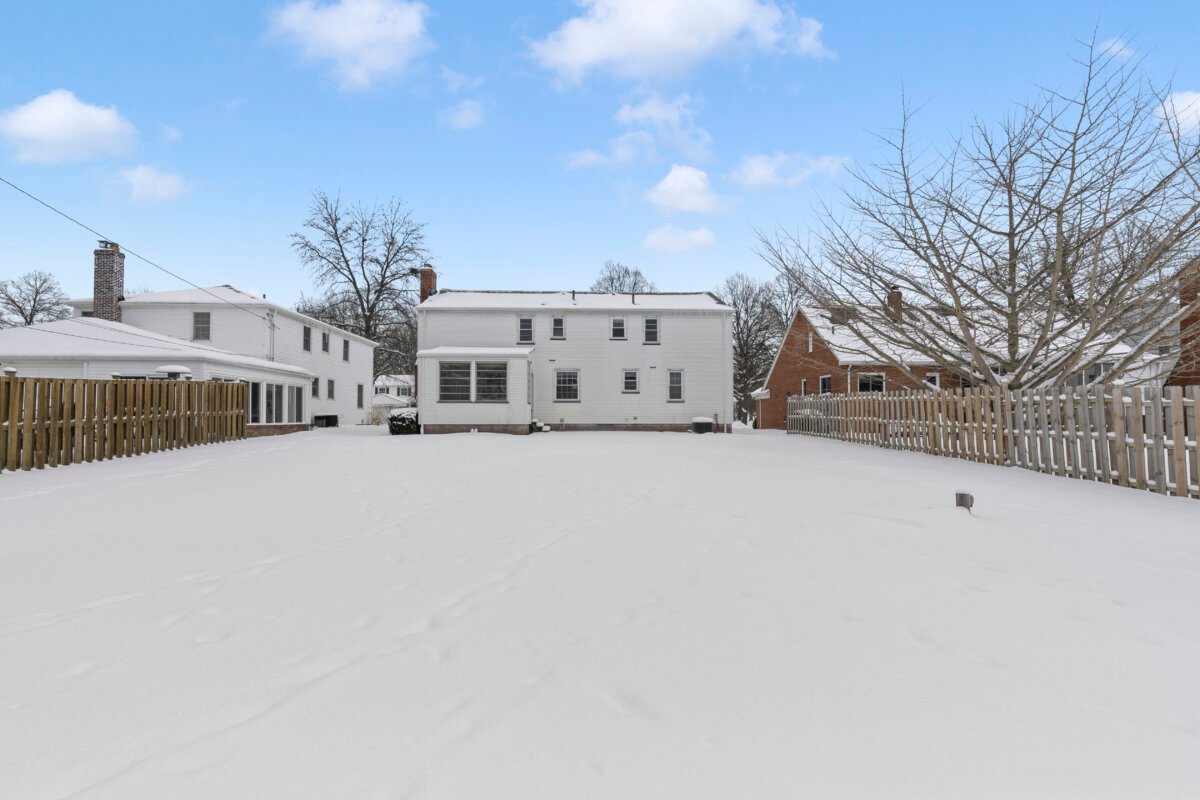
Real Estate Photo Editor
Every client has unique requirements and preferences, which adds complexity to my role as a Real Estate Photo Editor.
Understanding what the client wants is essential to delivering satisfactory results.
Client Communication
Establishing clear lines of communication with clients is vital. Before starting the editing process, I initiate conversations to gather information on their vision for the images.
This includes understanding who the target audience is, what the primary selling points of the property are, and any specific styles or themes they have in mind.
During these discussions, I often encourage clients to share examples of images they admire. This helps create a clearer picture of their expectations and allows us to establish mutual goals.
Flexibility and Adaptability
In the world of real estate photography, adaptability is key.
Sometimes, clients may change their minds after seeing initial edits. This requires a flexible mindset, ready to accommodate new requests without compromising the integrity of the images.
For example, a client may initially want a bright and airy feel but later decide they prefer a more subdued, warm ambiance. In such cases, I adjust my editing approach accordingly, experimenting with different filters and adjustments until we reach a mutually satisfying outcome.
It’s vital to maintain a positive working relationship, even when changes arise. This flexibility often leads to stronger partnerships and satisfied clients.
Feedback Loop
After presenting initial edits to clients, feedback becomes a crucial element in refining the final images.
I encourage open and honest critiques, ensuring clients feel comfortable expressing their opinions. Their insights guide me in making further adjustments tailored to their preferences.
Incorporating feedback also enhances my understanding of client needs over time, improving future collaborations. Building a strong feedback loop fosters trust and encourages clients to return for subsequent projects.
The Art of Storytelling: Creating Visual Narratives
A successful real estate listing relies heavily on storytelling through visuals. As a Real Estate Photo Editor, my goal is to create images that not only showcase properties but also evoke emotions and tell a story.
Crafting a Narrative Through Imagery
When editing real estate photos, I consider how each image contributes to the overall narrative of the property.
For instance, a captivating exterior shot might set the stage, followed by inviting interior images that reveal the warmth and character of the home.
This sequential storytelling approach creates a cohesive experience for potential buyers, allowing them to envision themselves living in the space.
I often think of each photo as a chapter in a book, where every image holds significance in highlighting the property’s attributes and lifestyle benefits.
Utilizing Color Theory
Color plays a pivotal role in evoking emotions.
Different colors can elicit various feelings—warm tones tend to create a sense of comfort, while cooler tones may convey tranquility.
As I edit, I carefully manipulate colors to enhance the desired mood. For example, in a family home, I may emphasize warm hues to create a welcoming atmosphere. Conversely, for a modern condo, I might lean towards cooler shades for a sleek, contemporary feel.
Beyond aesthetics, understanding the psychology of color helps me tailor images to appeal to specific demographics. This thoughtful application of color theory engages potential buyers on a deeper emotional level.
Showcasing Lifestyle
Highlighting the lifestyle associated with a property is essential for attracting buyers.
This means showcasing features that resonate with the intended audience—be it a gourmet kitchen for culinary enthusiasts or a spacious backyard for families.
By focusing on lifestyle-oriented images, such as dining areas set for gatherings or cozy reading nooks bathed in natural light, I help buyers imagine the possibilities within the space.
In this way, I act as a visual storyteller, weaving narratives that inspire dreams and aspirations, ultimately influencing purchasing decisions.
The Importance of Technical Skills: Precision and Detail
Technical proficiency is paramount in the realm of photo editing. As a Real Estate Photo Editor, mastering various techniques ensures that the final product meets high standards.
Mastering Software Tools
Proficiency in editing software is non-negotiable.
Adobe Lightroom serves as my primary tool for batch processing and initial adjustments, allowing for efficient enhancements across multiple images.
Photoshop, on the other hand, is where I dive deeper into specific edits, using tools like layer masks and adjustment layers to achieve precise results.
Staying updated on software developments and new features is crucial. Regularly investing time in tutorials and online courses expands my skill set, allowing me to implement innovative techniques in my work.
Color Correction and Grading
Ensuring accurate color representation is vital in real estate photography.
I meticulously perform color correction to adjust white balance and eliminate any unnatural tints caused by indoor lighting or camera settings.
Once the colors are corrected, I delve into color grading, enhancing the overall aesthetic appeal. This process involves adjusting brightness, contrast, and saturation levels to create eye-catching imagery that stands out in listings.
Through careful calibration and an artistic eye, I seek to balance realism with enhanced beauty. Striking this balance helps maintain authenticity while drawing attention to each property’s potential.
Attention to Detail
Detail orientation is an indispensable skill in my work.
Small imperfections, whether it’s a stray item in the frame or a shadow disruption, can significantly impact the overall quality of an image.
I conduct thorough examinations of each photo, honing in on elements that require retouching or cropping. My aim is to present immaculate images that reflect professionalism and quality.
In addition, I pay close attention to composition, ensuring that each shot adheres to established principles of photography. This includes guidelines such as the rule of thirds and leading lines, which contribute to engaging and harmonious images.
Conclusion
Being a Real Estate Photo Editor goes far beyond mere image enhancement; it’s an art form that combines creativity, technical expertise, and a nuanced understanding of client needs.
From collaborating with photographers to crafting compelling visual narratives and ensuring technical precision, each day brings fresh challenges and opportunities for growth.
Through dedication and a passion for storytelling, I strive to elevate real estate photography to new heights, helping properties shine in a competitive market. As we continue to navigate the ever-changing landscape of digital marketing, I remain committed to evolving my craft and delivering exceptional results for my clients.
Contact me for the best real estate photo and video editing service.

